The worst impact artificial turf has on the environment is at its end of life, which occurs around a decade after installation. However, understanding this, TenCate is working hard to create a reliable program that will take turf back — any turf, not just TenCate’s — to repurpose the materials and give it new life, keeping it out of the landfill.
But importantly, and often overlooked, turf has some important benefits to the environment when compared to grass. For instance, to maintain a grass field, 500,000 to a million gallons of water are needed a year. In a water-stressed area, that makes field hydration a significant burden for communities.
Artificial turf also doesn’t require the synthetic fertilizers that natural grass does. In fact, “natural” grass is far from natural. For a perfect play experience, it requires PFAS-heavy fertilizers, herbicides and pesticides, frequent mowing and heavy watering. These additives to natural grass fields can impact people and wildlife by leaching chemicals into water sources and aquarian ecosystems, emitting carbon from gas-powered mowers, and using excessive amounts of water.


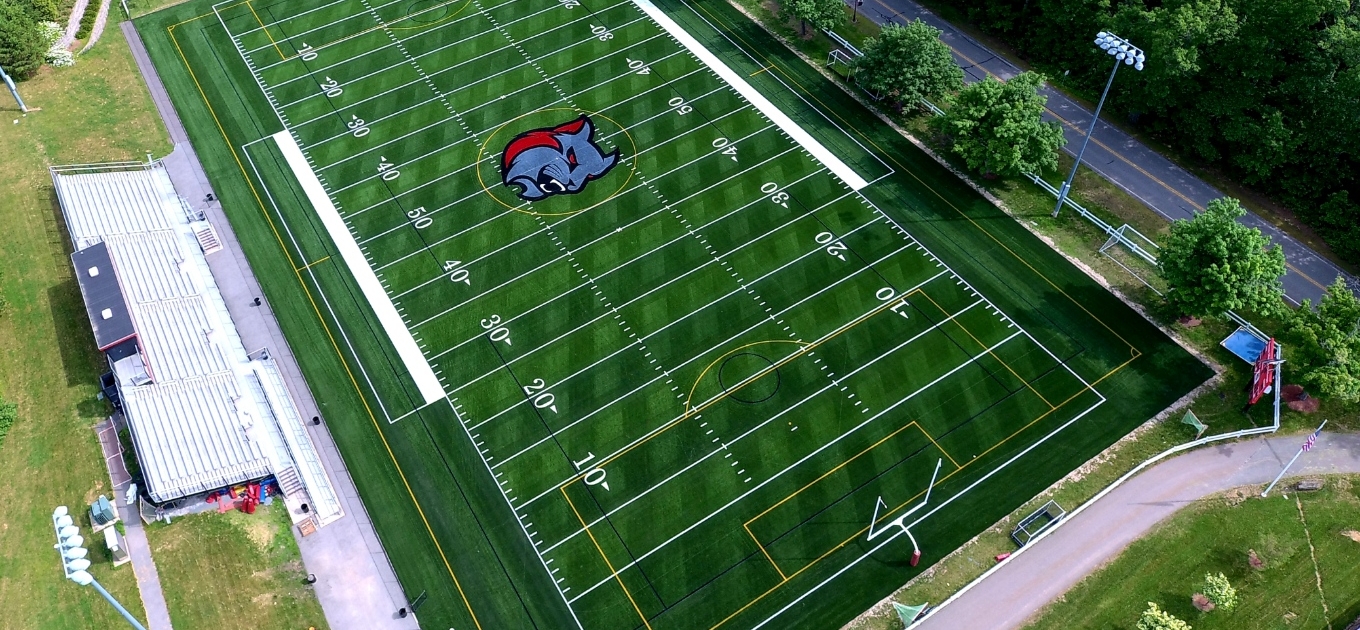
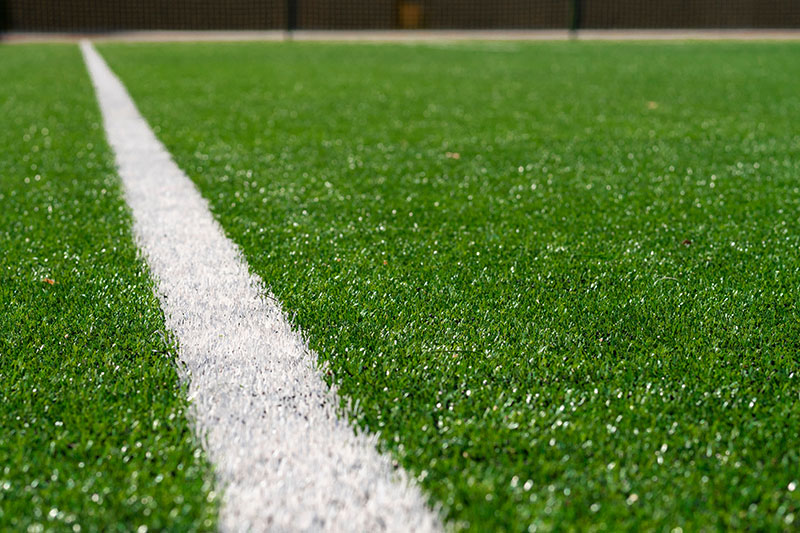
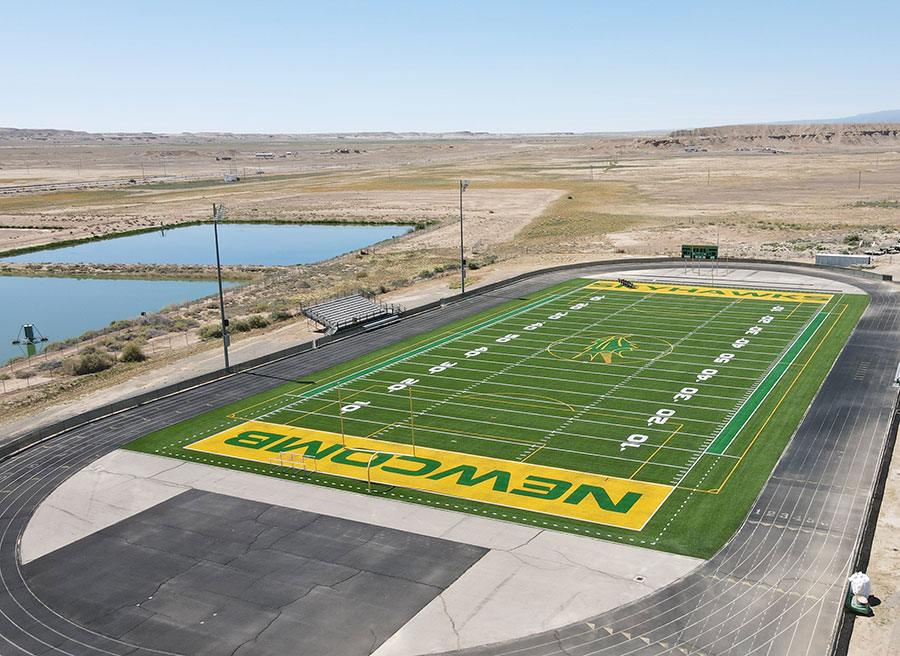
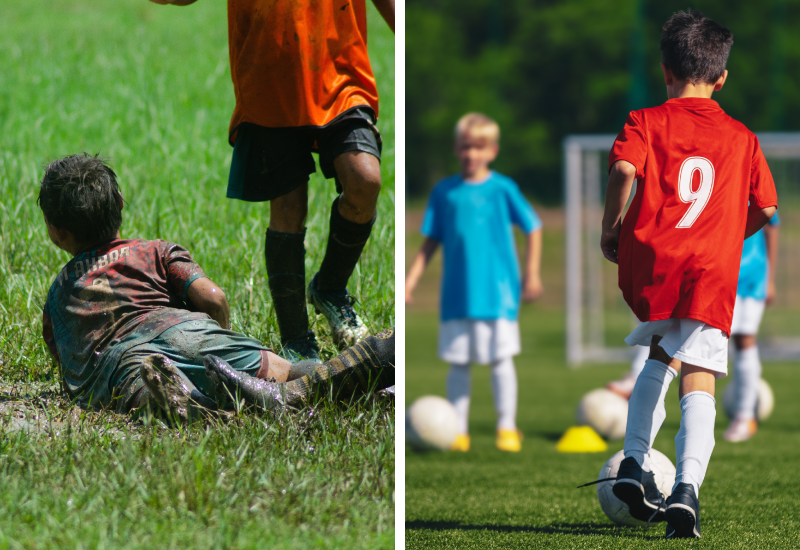
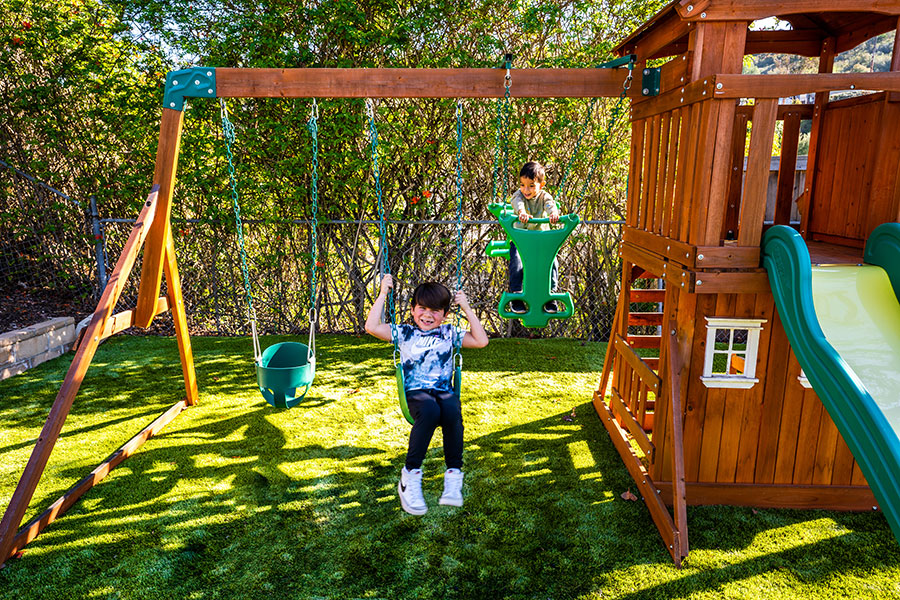
 Joe Max Moore
Joe Max Moore Eric Wynalda
Eric Wynalda Alan Reising
Alan Reising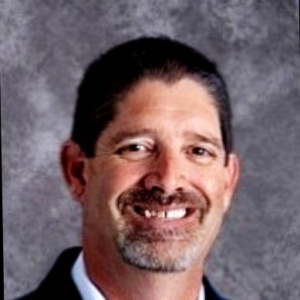 Ted Walstrom
Ted Walstrom